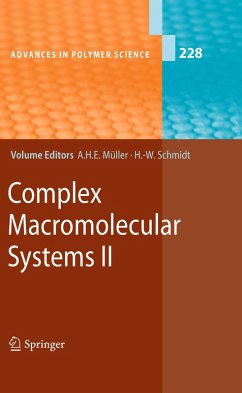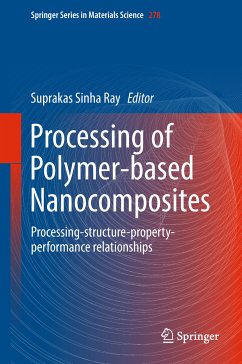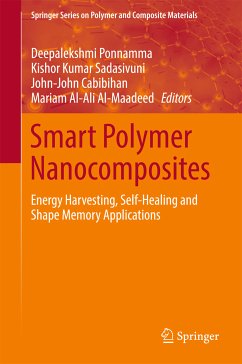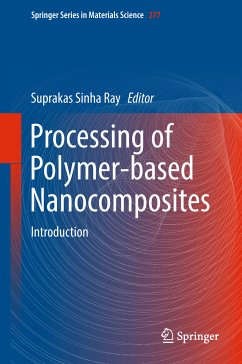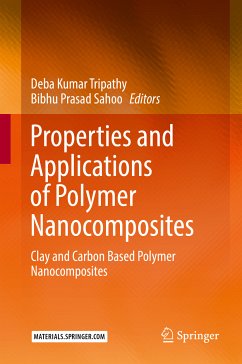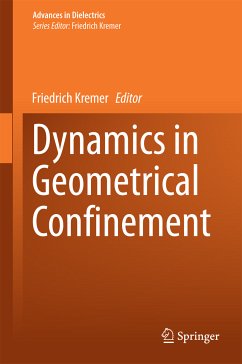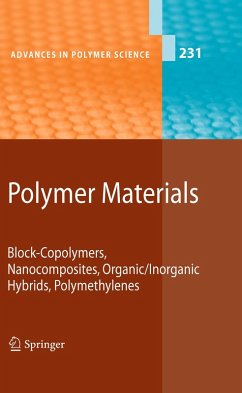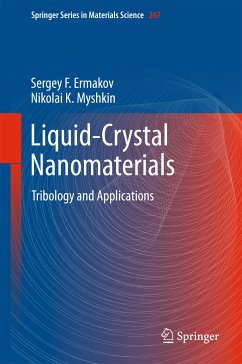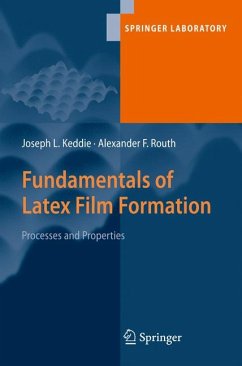
Fundamentals of Latex Film Formation (eBook, PDF)
Processes and Properties
Versandkostenfrei!
Sofort per Download lieferbar
112,95 €
inkl. MwSt.
Weitere Ausgaben:

PAYBACK Punkte
56 °P sammeln!
This book has emerged out of our long-time research interests on the topic of latex film formation. Over the years we have built up a repertoire of slides used in conference presentations, short courses and tutorials on the topic. The story presented in this book has thereby taken shape as it has been told and re-told to a mix of academic and industrial audiences. The book presents a wide body of work accumulated by the polymer colloids community over the past five decades, but the selection of examples has been flavoured by our particular experimental interests and development of mathematical...
This book has emerged out of our long-time research interests on the topic of latex film formation. Over the years we have built up a repertoire of slides used in conference presentations, short courses and tutorials on the topic. The story presented in this book has thereby taken shape as it has been told and re-told to a mix of academic and industrial audiences. The book presents a wide body of work accumulated by the polymer colloids community over the past five decades, but the selection of examples has been flavoured by our particular experimental interests and development of mathematical models. We intend the book to be a starting point for academic and industrial scientists beginning research on latex film formation. The emphasis is on fundam- tal mechanisms, however, and not on applications nor on specific effects of formu- tions. We hope that the book consolidates the understanding that has been achieved to-date in the literature in a more comprehensive way than is possible ina review article. We trust that the reader will appreciate the fascination of the topic.
Dieser Download kann aus rechtlichen Gründen nur mit Rechnungsadresse in A, B, BG, CY, CZ, D, DK, EW, E, FIN, F, GR, HR, H, IRL, I, LT, L, LR, M, NL, PL, P, R, S, SLO, SK ausgeliefert werden.





